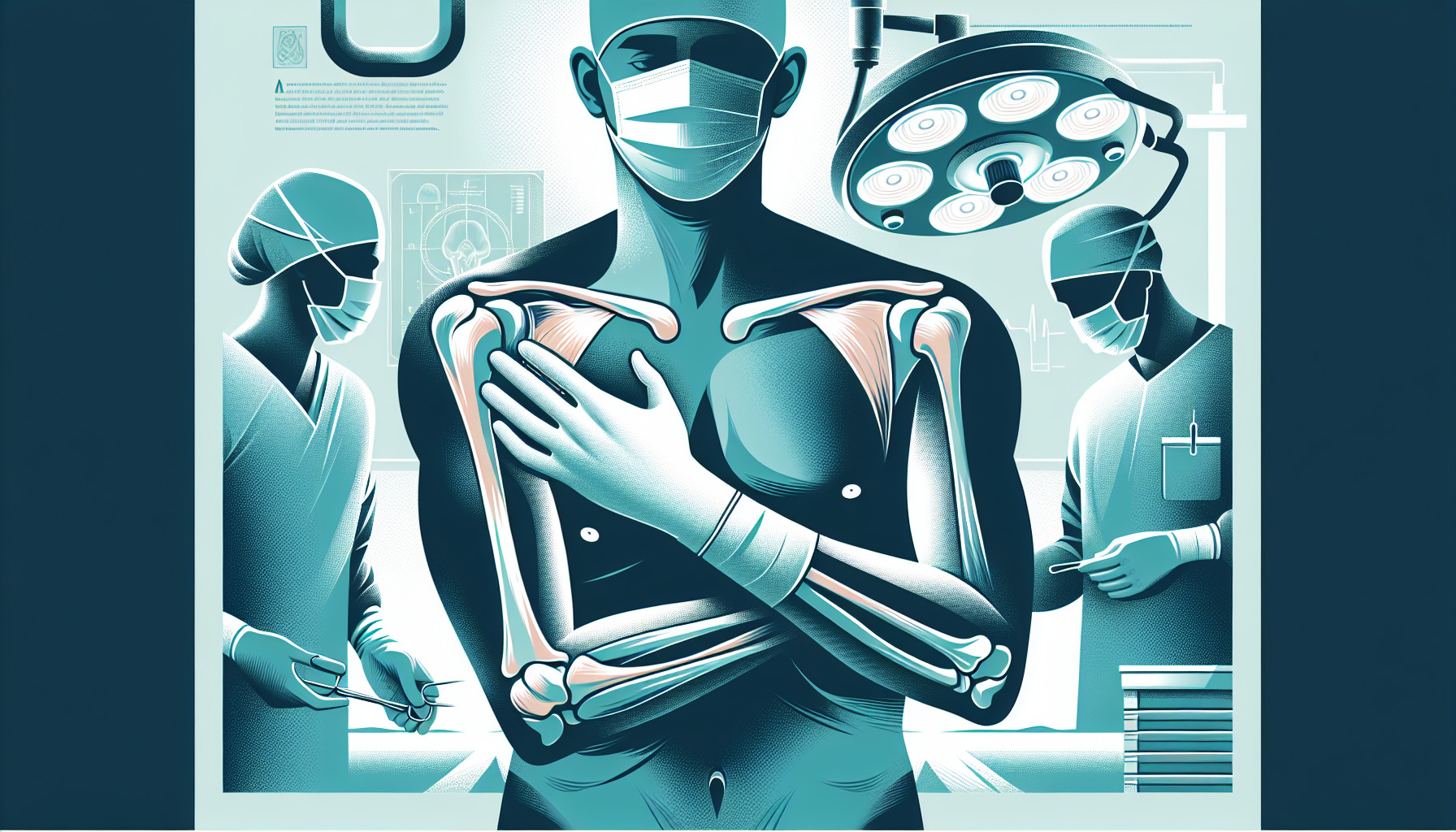Our Summary
The research paper is about developing a temporary prototype implant to measure shoulder stiffness during reverse total shoulder replacement surgery. This is important to avoid dislocation of the shoulder joint after surgery. To measure shoulder stiffness, the researchers devised ways to measure joint angle and torque. They used Hall sensors to measure the joint angles, converting magnetic flux densities into angles, and thin-film pressure sensors to determine torques. They also incorporated mechanical systems into the prototype to allow for varying positions of the implant components. The results showed measurement errors of less than 5° for joint angles, indicating the proposed design is a good first step for assessing shoulder stiffness during surgery. This research could serve as a foundation for future technological developments in this field.
FAQs
- What is the purpose of the temporary prototype implant developed in the research?
- How do the researchers measure joint angle and torque in the shoulder during surgery?
- What were the results of the experiments carried out with the prototype, and what do they suggest about its effectiveness?
Doctor’s Tip
A doctor might tell a patient undergoing shoulder replacement surgery to follow their post-operative care instructions carefully, including attending physical therapy sessions as prescribed. This will help prevent stiffness and improve range of motion in the shoulder joint. Additionally, the patient should be cautious with their movements and avoid activities that could put excessive strain on the shoulder to reduce the risk of dislocation. It is important to communicate any concerns or changes in symptoms to the doctor for proper management and care.
Suitable For
Patients who are typically recommended for shoulder replacement surgery include those with severe shoulder pain and loss of function due to conditions such as osteoarthritis, rheumatoid arthritis, rotator cuff tear, avascular necrosis, and severe fractures. These patients may have tried non-surgical treatments such as physical therapy, medications, and injections without success. Those who have difficulty performing daily activities, experience persistent pain at rest or at night, and have limited range of motion in the shoulder joint may also be candidates for shoulder replacement surgery.
Timeline
Before shoulder replacement surgery:
- Patient experiences chronic shoulder pain, stiffness, and limited range of motion.
- Patient undergoes a thorough evaluation by a healthcare provider, including imaging tests such as X-rays and MRI.
- Healthcare provider determines that shoulder replacement surgery is necessary to alleviate symptoms and improve function.
During shoulder replacement surgery:
- Surgeon removes damaged or diseased parts of the shoulder joint and replaces them with artificial components.
- Prototype implant is used to measure shoulder stiffness during the surgery, helping to ensure proper alignment and stability of the joint.
After shoulder replacement surgery:
- Patient undergoes a period of rehabilitation to regain strength and range of motion in the shoulder.
- Patient may experience temporary pain and discomfort following surgery, which can be managed with medication.
- Patient gradually resumes normal activities and experiences improved function and reduced pain in the shoulder.
What to Ask Your Doctor
- Can you explain the reasons why I need a shoulder replacement surgery?
- What are the potential risks and complications associated with shoulder replacement surgery?
- How long is the recovery process and what kind of physical therapy will be required?
- Will I be able to regain full range of motion and strength in my shoulder after the surgery?
- What type of implant will be used for the surgery and how long does it typically last?
- How will you measure shoulder stiffness during the surgery and what impact does this have on preventing dislocation?
- Are there any specific precautions or restrictions I should follow after the surgery to prevent shoulder dislocation?
- What are the long-term expectations and outcomes of shoulder replacement surgery?
- Are there any alternative treatments or surgical options available for my condition?
- How frequently will I need follow-up appointments after the surgery and what signs should I watch for that may indicate a potential issue with the implant?
Reference
Authors: Förstl N, Süß F, Englert C, Dendorfer S. Journal: Med Eng Phys. 2023 Nov;121:104059. doi: 10.1016/j.medengphy.2023.104059. Epub 2023 Oct 4. PMID: 37985021
